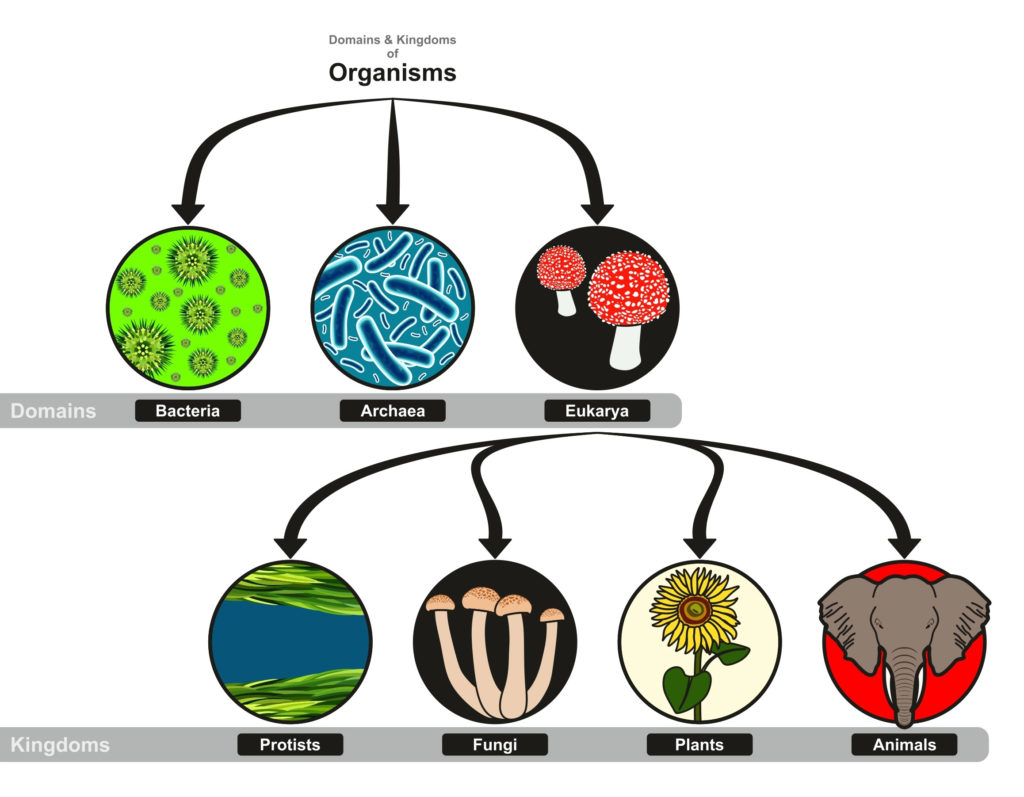
Plant Classification Organizing Based on Structures


Classification Objectives:
- Revisit Linnaean classification, including the hierarchy of groups from Domain to species.
- Describe how plants are generally classified starting with non-vascular plants through angiosperms.
- If provided a plant, classify it using these terms: non-vascular or vascular, spore-bearing or seed-bearing, a gymnosperm or an angiosperm, a monocot or a dicot.
In the previous guide in the Identification section, we began taxonomic classification: classifying organisms based on their structures and genetic relatedness. In this section we will apply classification to plants you are likely to encounter.

To review, the “father of taxonomy” was Carl _____. His nomenclature divided all organisms into two K_______ which were Plantae and Animalia. Kingdoms were broken down into P____, then Class, Order, Family, Genus, and species. The scientific name of an organism is a combination of its G___ and s___.
There are now three Domains: Bacteria, Archaea, and Eukaryota (also called Eukarya) that are ranked higer than Kingdom. There are four Kingdoms in Domain Eukaryota: Protists, Fungi, Plants, and Animals.
Although there are far more micsroscopic species than macroscopic species, we are spending a module on plants and animals since these are the organisms you will most likely be directly interacting with in the field.

Classification is organizing things based on pattern. Recognition of a pattern and organizing based on that can cause a release of neurotransmitters in the brain that results in a positive feeling. Watch this video to get the basic idea of classification; organizing by pattern.
Plant Classification
Plant Classification is also part of this week’s lab. It may help to see what you will be making for this weeks lab media piece as you go through this lecture guide. For example, many of the posters, models, and specimens in these videos will also be available in lab to sketch or photograph.
Now we will put pattern recognition to work by classifying plants.
It can help to learn plant classification with real specimens.
Plants Illustrated
Check your progress
Angiosperms are split into two groups: monocots and dicots. This video compares the structures of plants in these two different groups.
There are so many angiosperm species, the other seed-bearing vascular plants, the gymnosperms, can be overlooked.
The next section highlights leaves including structures, functions, and how they can be used to identify and classify plants.

Check your knowledge. Can you:
- Revisit Linnaean classification, including the hierarchy of groups from Domain to species?
- Describe how plants are generally classified starting with non-vascular plants through angiosperms?
- If provided a plant, classify it using these terms: non-vascular or vascular, spore-bearing or seed-bearing, a gymnosperm or an angiosperm, a monocot or a dicot?



